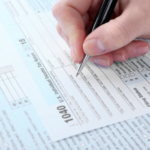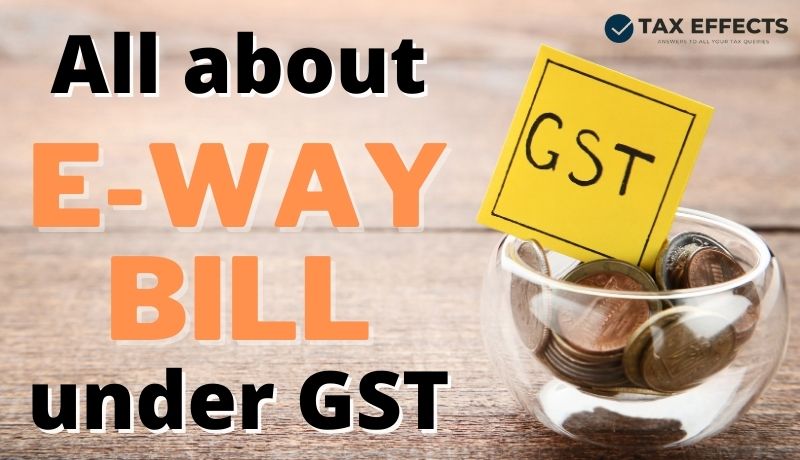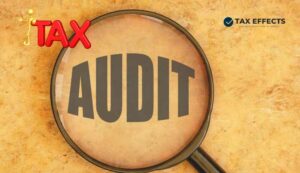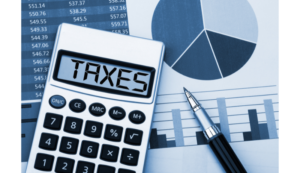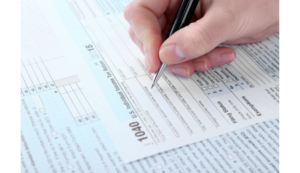1. What is E-Way Bill?
E-Way Bill is an Electronic Way Bill (i.e. Document) for the movement of goods which is to be generated on the eWay Bill Portal (https://ewaybillgst.gov.in).
E-Way bill is required for the movement of Goods which value along with the tax exceeds Rs. 50,000 (Single Invoice/bill/delivery challan). It is required even if the movement is for any purpose including personal use.
2. When should E-Way bill be issued?
E-Way bill will be generated when there is a movement of goods value more than Rs. 50,000 under the following circumstances:
(i) In relation to “Supply”: e.g. Sale, Purchase, Sales Return, Purchase Return, Stock Transfer, Import, Export, etc.
(ii) In relation to “Other than Supply”: e.g. Sale on Approval Basis, Goods sent on Job work, Personal Use, etc.
(iii) Inward Supply from “Unregistered Person”: e.g. Purchase from an unregistered person.
3. Applicability of E-Way Bill?
For any kind of Inter-State Movement of Goods, there would always be a mandatory requirement of the E-way bill.
However, when it comes to the Intra-State movement of Goods as of now more than 22 States/UTs have opted for the requirement for the generation of the E-Way bill.
Further, the States/UTs has changed the monetary limit for the requirement of the E-Way bill in their respective States/UTs e.g. Bihar has increased the threshold limit to 2,00,000 INR for the mandatory generation of e-way bills.
Likewise, Delhi, Tamil Nadu, Maharashtra, and West Bengal have increased the threshold limit to 1,00,000 INR.
On the other hand, Mizoram has reduced the threshold limit to 10,000 INR. To know more of such reliefs for other States/UTs, visit commercial tax websites for each of such States/UTs.
4. How to Generate the E-Way Bill?
The E-Way bill can be generated through various modes as follows:
(i) Web (online)
(ii) Android App – The IMEI of the phone and the registered mobile number has to be given.
(iii) Via SMS
(iv) Excel based upload is provided for a bulk generation.
If the e-way bill is generated with wrong information it can be canceled and a new e-way bill can be generated.
Provision for cancellation of the e-way bill within 24 hours by the person who has generated the e-way bill.
Once the e-way bill is generated, the recipient of goods can confirm or deny the receipt of goods before the actual delivery or 72 hours, whichever is earlier.
5. Who would generate the E-Way Bill?
Supplier: Where the movement is caused by a registered person as Supplier.
Recipient: Where the movement is caused by a registered person as Recipient.
Recipient: Where the goods are supplies by Unregistered Person as a supplier to a Registered Person.
Important: Where the Supplier or Recipient has not generated E-Way Bill & Consignment value of goods > Rs. 50,000 then Registered Transporter shall generate E-Way bill.
6. How long is the Validity of E-Way Bill?
(A). In case of Normal Cargos (Other than Over Dimensional Cargos):
- If Distance is Up to 100 Km. = One Day (i.e. 24 Hours)
- For Every 100 Km. or Part thereof thereafter = One Additional Day
(B). In case of Over Dimensional Cargos:
- If Distance is Up to 20 Km. = One Day (i.e. 24 Hours)
- For Every 20 Km. or Part thereof thereafter = One Additional Day
Note- ODC or Over Dimensional Cargo is a cargo that protrudes outside the loading deck of the vehicle transporting the cargo. e.g. If a truck with a loading platform length of 20 feet is loaded with cargo like TMT bars of length 22 feet, it would be Over-Dimension Cargo. If the same TMT bars were loaded on a vehicle with a platform length of 22+ feet, it would have been classified as Normal Cargo rather than ODC.
7. Special Cases Exempt from the generation of the E-Way Bill:
There are certain cases in which Govt. had notified that no e-way bill is required to be issued. These are as follows:
– Certain Notified Goods in Annexure to Rule 138 [i.e. LPG, Postal Baggage, Jewelry, Currency, User Personal Household Goods, Kerosene Oil (to be sold under Govt. Ration shops), Precious Pearls/Metals, Coral (worked/Unworked)].
– Where goods are transported in Non-Motorized Vehicle.
– Movement of Goods from Port/Airport/Land Custom Station etc. TO ICD/Custom Freight Station.
– Alcoholic Liquor for Human Consumption, Petroleum Products (e.g. Petrol, Diesel, etc.)
– Supply of Goods which are considered Negative Listed Supply (i.e. given under Sch. III).
– Any movement of goods caused by Defence Formation under Ministry of Defence.
– Where Empty Cargo Containers are being moved.
– Where Empty Cylinder for packing of LPG are being moved.
– Where goods are being transported up to a distance of 20 Km. from Consigner’s Place of Business TO Weighbridge (i.e. Dharam Kata) & coming back. But under this case, the movement must be under a Delivery Challan.
– Where the goods are being transported by Rail and the Central Govt./State Govt./Local Authority is the Consignor.
– Where goods transported are Transit Cargo FROM or TO Nepal/Bhutan.




